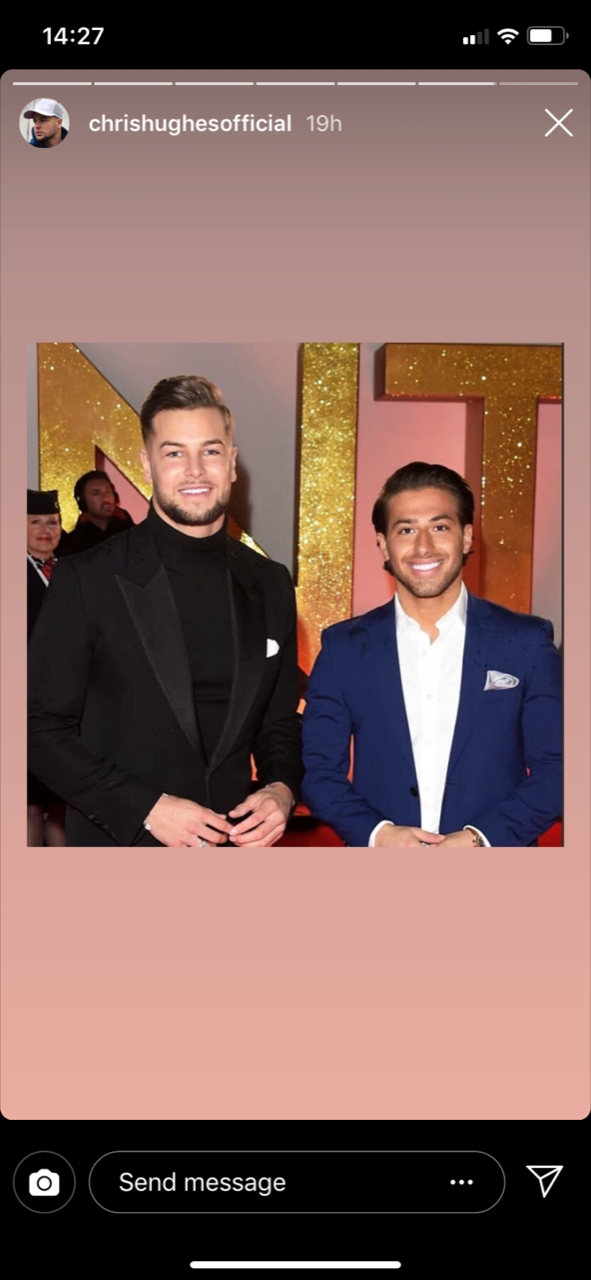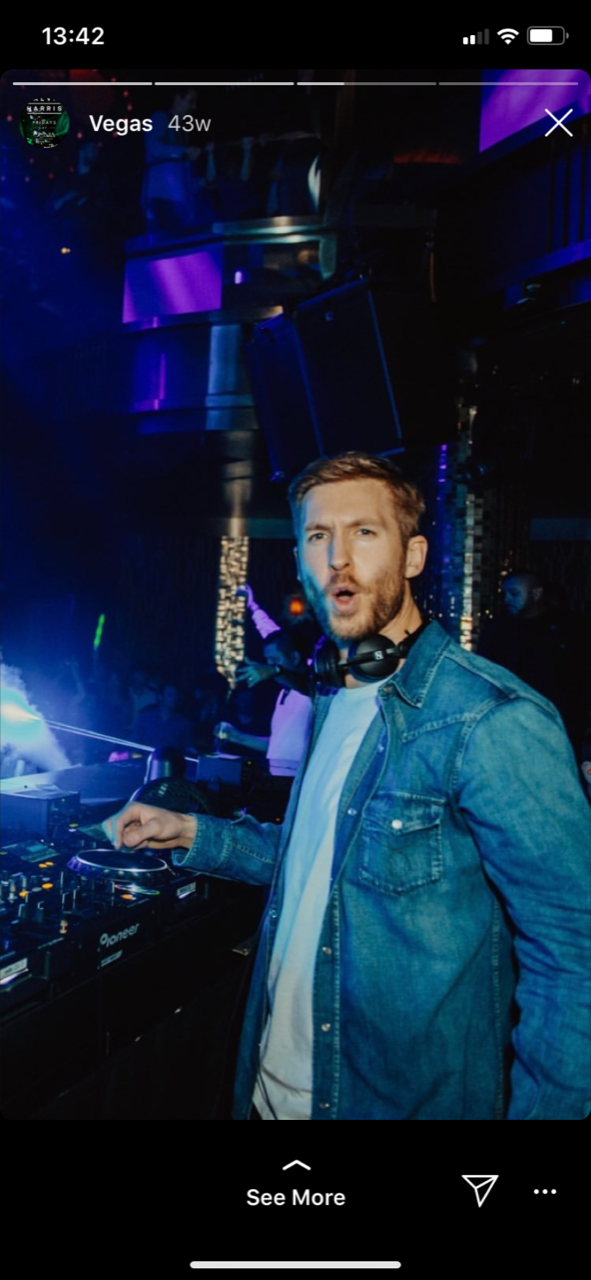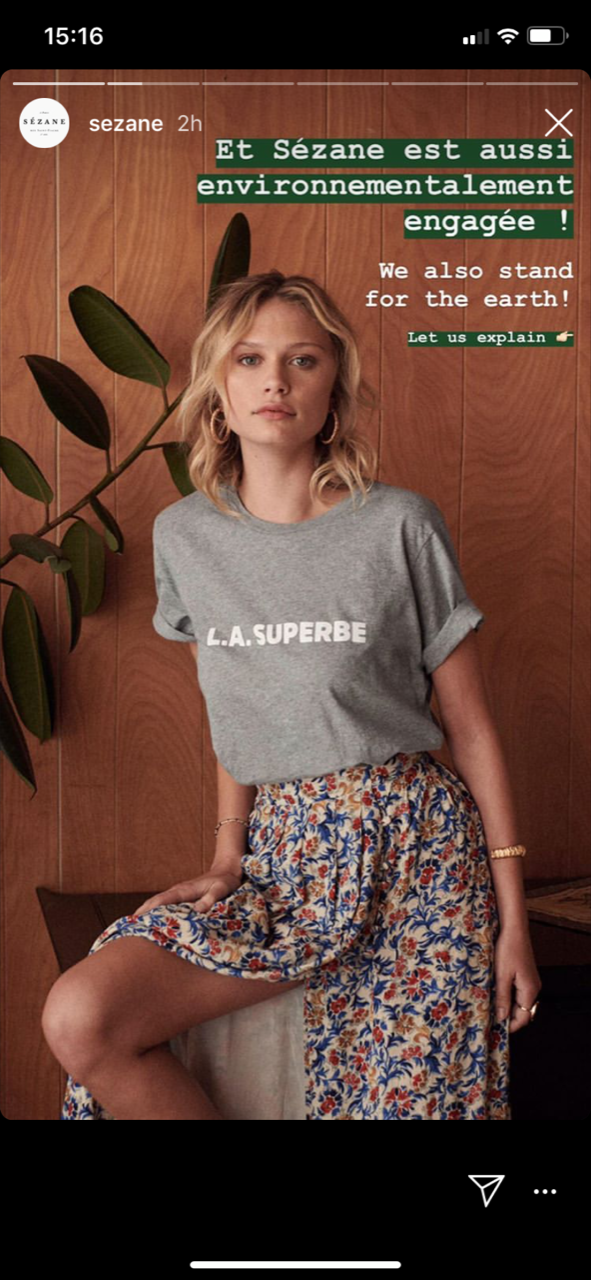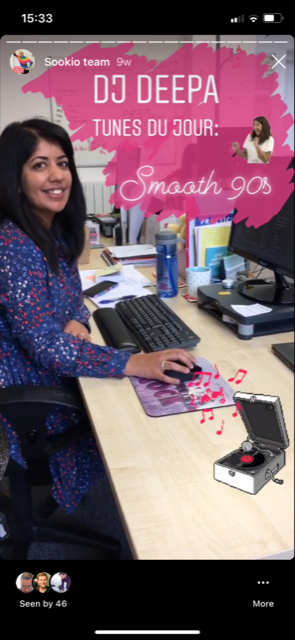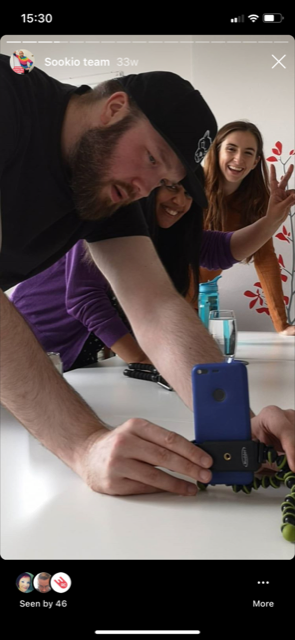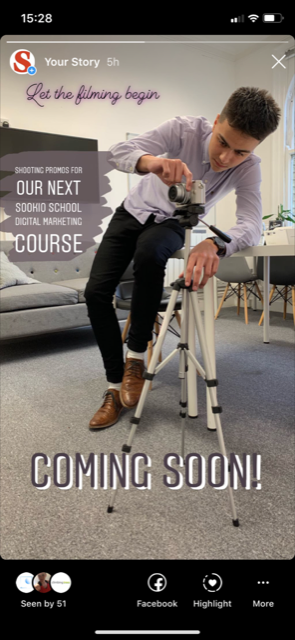Sookio Labs: Using Stories on social media
So many social media platforms now use a stories feature. Platforms like Facebook, Instagram, Snapchat and LinkedIn now all have stories. But how do they compare?
The stories feature is ever-growing. First introduced by Snapchat in 2013, followed by Instagram in 2016, Facebook in 2017 and LinkedIn in 2018.
The stories on the different platforms have similarities and differences but which one is proving the most popular and effective for business?
What are stories?
Stories are images or clips with a short lifespan. So they’ll typically run for 24 hours, after which the content self-destructs. Some businesses use them for content that is good, but which isn’t important enough to stay on the main social media feed long term.
It enables you to post frequently, knowing that it’s being seen by people who really want to look at it.
Stories are mostly used to give a quick overview of what’s happening in someone’s life on any given day. In a business context, you could be using a story to promote products, so when you swipe up, you’re redirected to that product. The ways of using stories on social media depend on what platform you’re using. As part of our Sookio Labs series, we tried out the different options.
Snapchat
The whole story concept was first introduced by Snapchat, a network entirely based on the fleeting life-span of its ephemeral content.
Their stories feature first came out in October 2013. Before this, the app’s only features were sending and receiving snaps from other people.
The photo or video you post goes to your very own stories section of your account, which is visible by you and all your friends.
You can tap anybody's name that you have added as a friend to view their story, in the order they were posted, if the user posted several of them. When you post a story, your friends will see it appear in their stories section.
All users can configure their privacy settings so that their stories can be viewed by anyone on Snapchat, just friends or a customised group of users.
Snapchat users tend to use the feature to tell a story about their entire day in a narrative manner. These stories are used a lot for friends to see what interesting things they have been doing in the last 24 hours. It’s a great option if you'd like your great snap to be viewable for more than just a few seconds.
It’s not really recommended that you use Snapchat Stories for your business. It hasn’t got much of a professional feel about it compared to the other platforms. However, while using Snapchat I have experienced a few ads trying to disrupt me as I browse through friends’ stories. These ads are primarily from brands connected with Snapchat and are really only promoting their video content - so if you’re not a massive brand then it’s unlikely you’ll get much return on investment.
Other popular social media platforms were quick to realise how much users enjoyed the idea, and soon launched their own versions. Instagram, a social network also based on the sharing of pictures and videos, was the first to follow in April 2016. They saw the potential of Snapchat’s new feature, but waited three years to introduce their own version.
Stories users on Instagram can capture and post related images and video content in a slideshow format. It’s similar to Snapchat in the sense that content is available for only 24 hours from the time of posting; however, it is possible to save your favourite stories to a highlight reel.
Stories allow the addition of text, drawings, GIFs and emoticons to images or video clips. Like Snapchat, filters and augmented reality (AR) stickers are also available.
The Instagram Stories feature makes it possible for people to show more content without clogging up their grids or feeds with random posts. It’s a useful tool for companies to use so they can promote their products or services in depth while maintaining a clean main Instagram page.
Many celebrities use stories to create a more intimate, direct connection with their followers. Something that Instagram Stories can be used for that Snapchat can’t is making a live video and then having the ability to save it to their stories once it has ended.
Instagram Stories can actually be really helpful for your business if used frequently enough. The stories feature is used by many brands and businesses, large and small, to showcase their company, products and events.
Here at Sookio, we find Instagram stories fun to create, as it’s something different from posting on the main page. It’s a great tool to show your followers what you’re like as a business.
Taking pictures of outside surroundings, getting a photo of the team at work in the office, or making a funny boomerang of a team member - these things may sound little but they really do make a big difference in giving people a behind-the-scenes glimpse of life at a creative agency like ours.
If you’re a business selling products then the stories feature is a great way to do this. You can take a product picture, add it to your story with a link and your followers will see the product, tempting them to swipe up and check it out.
The Facebook Stories feature was released in March 2017. Seeing the success Snapchat and Instagram have enjoyed from using their versions of this feature, Facebook decided it was time to act and release its own version.
Now, with Snapchat and Instagram already having implemented the stories feature into their platforms, there was not much Facebook could do to improve what was already a popular feature. This is why Facebook Stories and Instagram Stories are very similar.
Like Instagram, you can take a photo or video and add it to your story having the ability to see who is viewing them.
Stories keep your content together in one place. If you tried to do this on the Facebook newsfeed it would be disjointed and perhaps you wouldn’t be able to see it at all, but with stories you can add content to one story throughout the day, keeping it all together.
The majority of Facebook Stories you see are media and TV platforms like ITV, BBC and Heart Radio to name a few. These stories are promoting little trailers for shows coming up so fans of their pages can feel like they’re getting a sneak peek into what’s coming up.
Using this in a business wouldn’t really tie in unless you created some video content and added a little trailer for a movie that you’re creating which would give followers the chance to see what you’re working on.
Four years on from the first stories launch, LinkedIn has now followed and is starting to slowly roll its feature to a select few. This is the most recent platform to introduce the stories feature and, surely, it’s better late than never, right?
LinkedIn is the most formal social media platform of them all and this is reflected in how they’re using stories.
Rather than simply copying the other platforms, LinkedIn is doing something a little different. The feature is aimed at students and it’s only being used to make video clips. Students will use these stories to help others get a feel of what the university or college is like while being able to see their surroundings.
It appears to be aimed at getting their younger users engaged with the professional networking site. The feature puts short video clips at the top of the users feed in the main app to show students about their classmates’ activities, as well as those at nearby schools.
Having LinkedIn Stories for a business is a big NO as it’s solely designed for students to use. It’s about learning from other students and universities so this is not a platform for businesses.
What should you be using for your business?
To wrap this up, I feel Instagram is the most effective platform for stories. Having used it myself, it tends to get a lot of engagement while also allowing you to have a separate area you don’t want on your main feed. LinkedIn and Snapchat would be my picks to avoid.
Snapchat is typically one to miss for a business because it’s more suited for personal use - unless you’re in showbiz or are a publisher and this is where your audience is.
LinkedIn is also one to avoid using stories for a business because it was simply not built for businesses to use. With the LinkedIn Stories section being called ‘student voices’ you can already tell it’s not the platform for you unless you’re a student.
Your next steps
Need help with your social media strategy? Contact Sookio to get the best results on your social media platforms.





